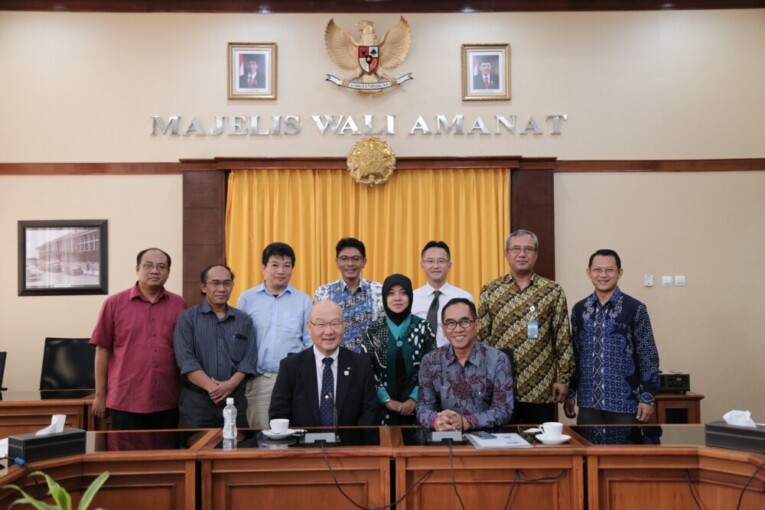
Satay is one of the world’s most popular cuisines. But, did you know that there are 252 varieties of satay nationwide?
“There are 252 varieties of satay with 175 varieties which can be traced back to their origins and 77 varieties which cannot,” explained the culinary expert from UGM, Prof. Dr. Ir. Murdijati Gardjito, during a discussion on ‘Strategy of Fried Rice and Satay in Entering International Tastes and Markets’, Tuesday (9/10) at Satay and Fried Rice Culinary Festival at Grha Sabha Pramana UGM.
The Professor of Food Science and Technology UGM stated the 175 satay varieties with traceable origins are spread in almost all culinary regions in Indonesia except in Lampung and Mandar where satay is not their traditional food.
Among the culinary regions studied, regions with the most variety of satay are Yogyakarta with 21 varieties, Semarang with 12 varieties, as well as Bali and Pekalongan with 11 varieties each.
The most widely used material in making satay are beef (48.05%), followed by chicken meat (37.66%), and lamb (20.77%). Aside from salt, the four most commonly used seasonings are garlic (96.92%), shallot (81.53%), coriander (64.61%), and coconut sugar (63.07%).
The most widely used ingredients for the sauce are peanuts (11.51%), followed by shallots (10.32%), garlic (9.52%), and sweet soy sauce (8.73%). Meanwhile, for the complementary ingredients, there are sweet soy sauce (3.17%), sliced shallots (2.77%), red cayenne pepper (2.38%), tomato (2.38%), and fried onions (2.38%).
“Considering its wide variety and distribution, satay is a culinary product that should be one representation of Indonesian cuisine,” stated the researcher for Food & Nutrition Study Center UGM.
Murdjati explained this research discovered a new definition of satay based on the types of ingredients, seasonings, and cooking methods, which is dishes made from animal products and vegetables, seasoned with various kinds of spices according to the taste of each region and then grilled and served with complementary ingredients.
“However, there is one variety of satay that does not meet the definition, which is Godog Satay from Aceh because it is boiled instead of grilled.”
On this occasion, Murdjati also explained research on fried rice varieties in Indonesia. There are approximately 104 varieties of fried rice spread throughout Indonesia. As many as 36 of the varieties have traceable origins, while 59 others are recipe development.
These findings show that fried rice has a universal taste acceptable by most people. Distribution of its origin is in Java and Sumatra, which constitute 50 percent of culinary regions in Indonesia.
“The most extensive variety of fried rice is in Java by 20 varieties, spread in Sundanese culinary region, Jakarta, Semarang, Yogyakarta, Surakarta, northern East Java, and Southern East Java,” she explained.

